With winter approaching, what to wear to keep warm is a top priority. Why not take a look at how the ancient Chinese wear to kept warm?
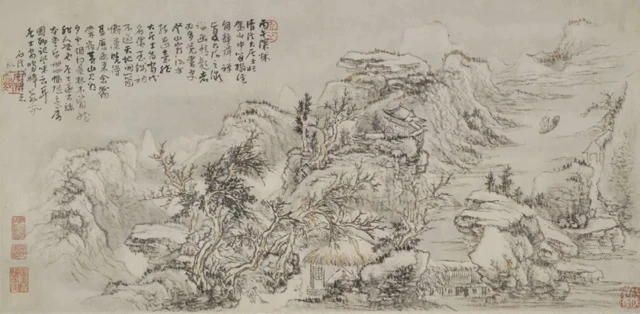
The thinnest winter coat - paper clothes
Did the ancients enjoy the winter with wine and food, wearing mink and fox fur? Perhaps slightly different from the Chinese drama, that is just the illusion created by the rich people, in fact, before the popularity of cotton, there were also paper clothes in history.
Zhi Qiu (纸裘, paper clothes), as the name implies, it is made of paper mulberry, rattan paper, and other paper made of clothing, since the emergence of the Wei and Jin, to the Tang and Song dynasties, began to be popular on a large scale in the folk.
According to historical records, at that time, the poor people suffered from war and were displaced, so they made paper clothes to protect themselves from the cold due to the lack of cloth. The low cost of paper materials, easy to obtain, so it can be widely popular.
Not only did the people favor paper clothes, there was also a group of people who liked to wear paper clothes, namely monks. The "Zhi Yi Chan Shi (paper-clothed Zen master)" recorded in Lu Changyuan's "Bian Yi Zhi" in the Tang Dynasty, did not wear cloth or silk clothes on usual days, but liked to put on paper clothes and wander around freely.
In the Song Dynasty, in addition to ordinary people and monks, literati also joined the ranks of "wearing paper clothes".
After the Song Dynasty, the paper clothes gradually receded from the stage of history, but the white and soft paper clothes have been used on countless cold nights to protect people in distress from the wind, frost, and rain, adding a touch of warmth.
Rainy day perfect match - straw cape
How cold was the winter in ancient times? In that era of no heating, the wind swept the earth, freezing miles, if the rain and snow, it is very inconvenient to go out.
However, only a Suo Yi (蓑衣, straw cape), will be able to achieve what Liu Zongyuan said, "Alonely fisherman afloat, is fishing snow in lonely boat.". What kind of cold-weather magic item is this?
In the Classic of Poetry, the straw cape is mentioned.
尔牧来思,何蓑何笠”
Your shepherd is coming, wearing a straw raincoat and a bucket hat."
It was first woven from sabaigrass, which has a smooth surface and good water resistance. Later, the straw was replaced by sabaigrass, which can block the wind and rain while being waterproof, and has a more significant warmth effect.
The ancient straw cape is generally divided into two parts: the upper garment is rather like the ancient women's cloud shoulders, with a round neckline and open flaps, and the two wings are slightly upward; the lower hem is fluffy, narrow at the top and wide at the bottom, and the overall shape is like a butterfly.
The ancient people's love for the straw cape can be said to be overflowing.
Even the Bao Yu in the drama "Dream of the Red Chamber", have to "wear a large bucket hat, body draped with a straw cape" before willing to go out ......
Before the emergence of oil-paper umbrellas in the Song Dynasty, people rely mostly on the rain in winter is the straw cape.
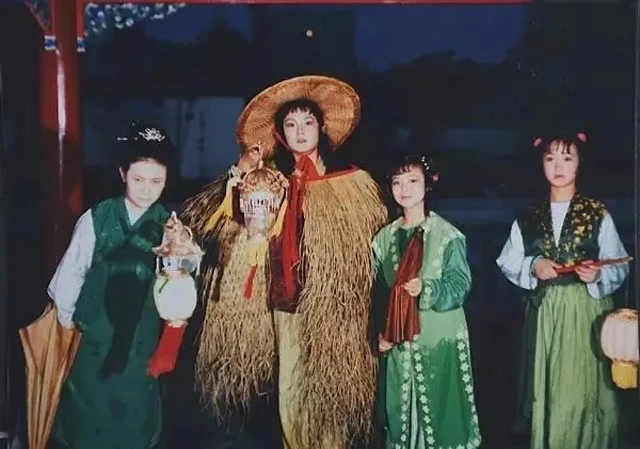
Stills from "Dream of the Red Chamber"
Essential for the scholar - hemp clothes
Compared to the noblemen's favorite silk and satin, the common people in ancient times wore "coarse cloth and hemp clothes". The so-called Ma Yi (麻衣), is made of ramie fiber preparation of cloth, which is not gorgeous colorful ornaments, and heavy material, waist girdle belly. In winter, it is impermeable to the wind.
However, there is another category of people who love hemp clothes, and that is the ancient scholars who studied and sought official positions.
They mostly come from poor families, in the cold winter, covered hemp clothes outside the robe, is the best cold attire.
In the Tang Dynasty, hemp clothes were regarded as the symbol of the scholars, from the moment they were recommended by the state government to join Imperial Examination, they were "inseparable" from the hemp clothes.
According to the record, there was a scholar named Song Ji, who wore hemp clothes every day, but failed repeatedly. Others ridiculed him: "Why are you still wearing hemp clothes?" Song Ji responded with high morale: "I wear hemp clothes and study hard in poetry and books, so that one day I can wear official clothes with rank and color."
The hemp clothes were yellowish white, the lowest in the Tang dynasty, and once they passed the examination, they could immediately take off the hemp clothes and put on the senior official clothes.
In ancient times, hemp clothes was not only an ordinary winter coat, but also trust of hope for thousands of candidates. The hemp clothes worn by the successful candidates were considered auspicious by others who had failed or were waiting for the exam.
Aristocratic style - Doupeng
In the Qing Dynasty, Doupeng (斗篷, cloak) was the first choice of the rich and powerful to keep warm.
In fact, as early as the Jin Dynasty, there is a prototype of the Doupeng - "He Chang (鹤氅)". It is made of crane feathers more loose lapel outerwear, waist with a belt.
In the Ming dynasty, the Doupeng is also known as "Yue Yi (月衣)", to the Qing dynasty, the Doupeng was large-scale popular. It wears a silhouette like a backwards ancient bell.
Men, women, and children alike like to wear a Doupeng when they go out in winter. Doupeng is available in different shapes and sizes, some with gold embroidery, some lined with fur, and countless colors. And the material, from feather yarn, droguet to precious animal furs, there are all kinds of strange.
Cold days, put on Doupeng, with a wind hat, play a green silk umbrella, slowly walking in the snow-covered path, is one of the most beautiful sceneries in winter.
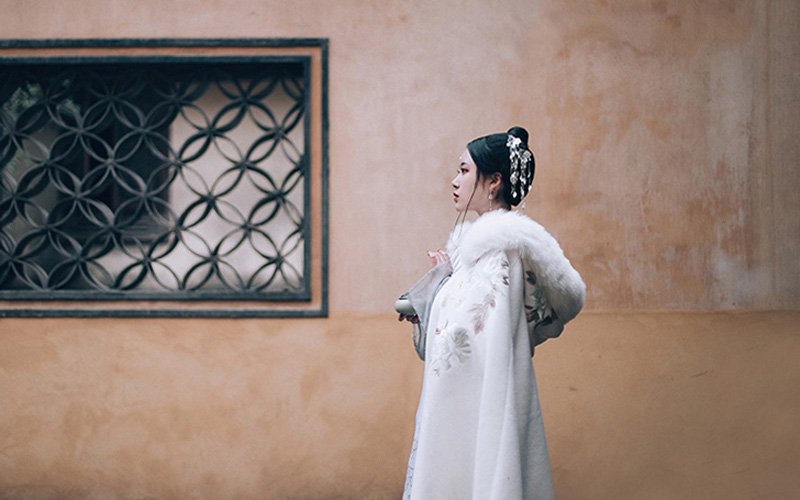

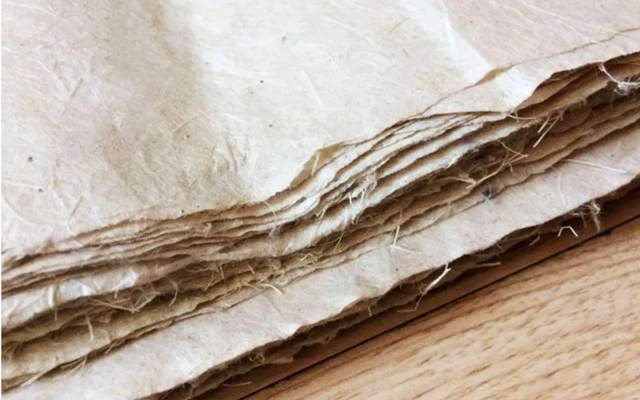
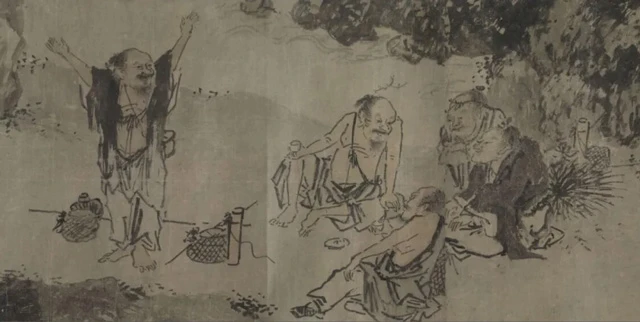

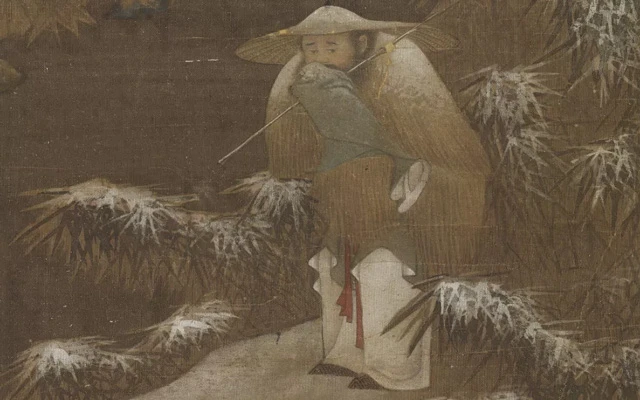
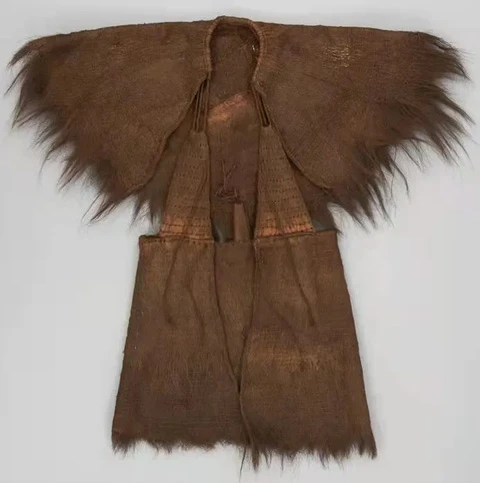
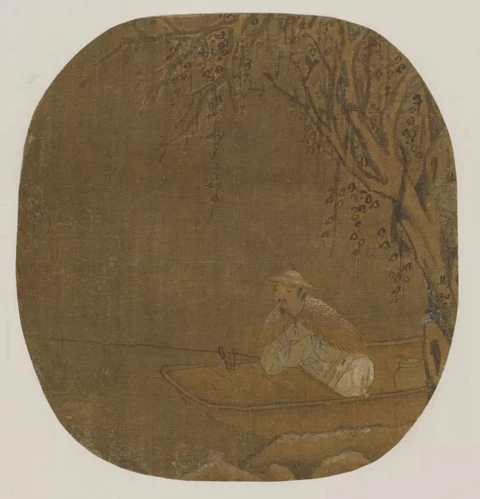

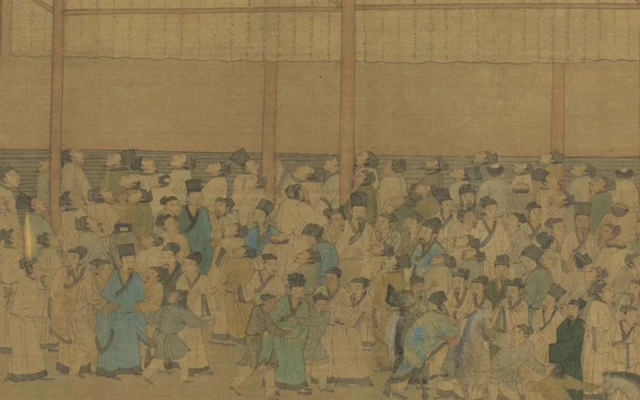
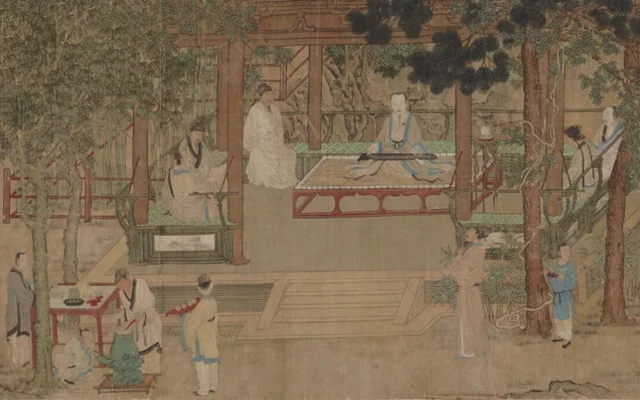
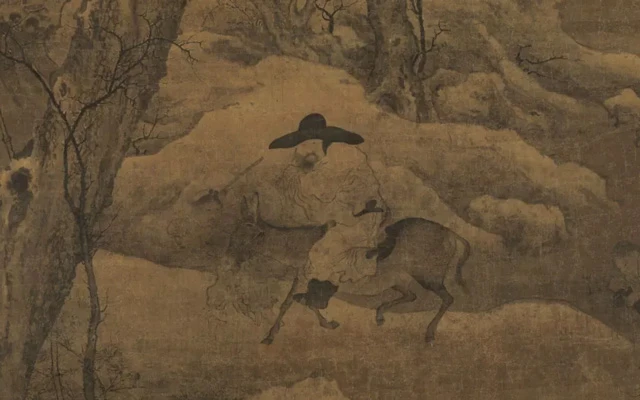

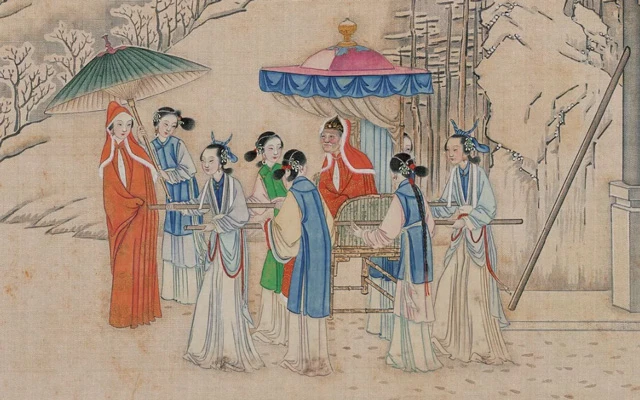
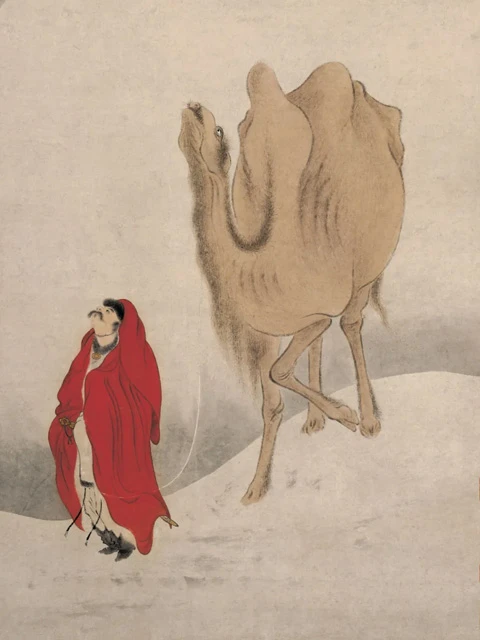
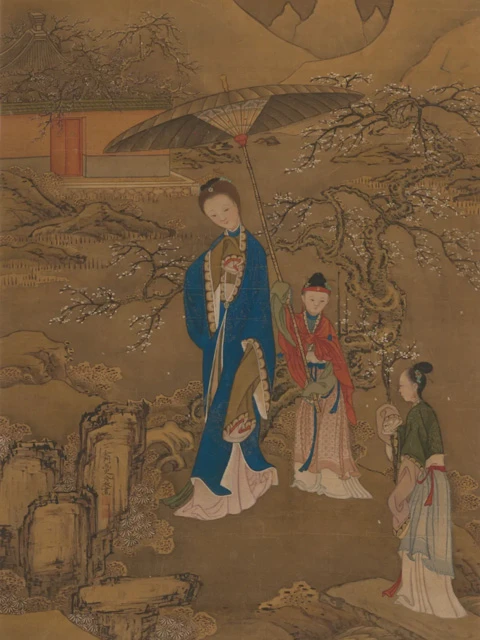

Ways to be historically accurate! Though, you're free to use our modern-day jackets, coats, and capes, if you'd like 😆
👍👍👍
what about people that weren't that poor but not rich or powerful? When did cotton stuffed clothes a thing?